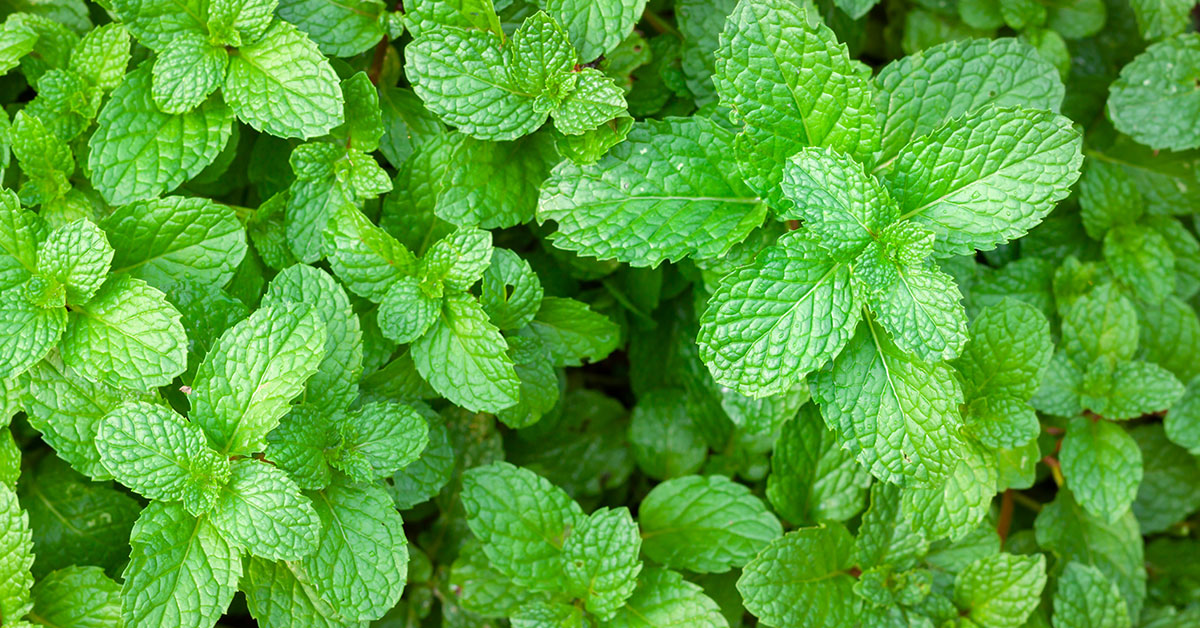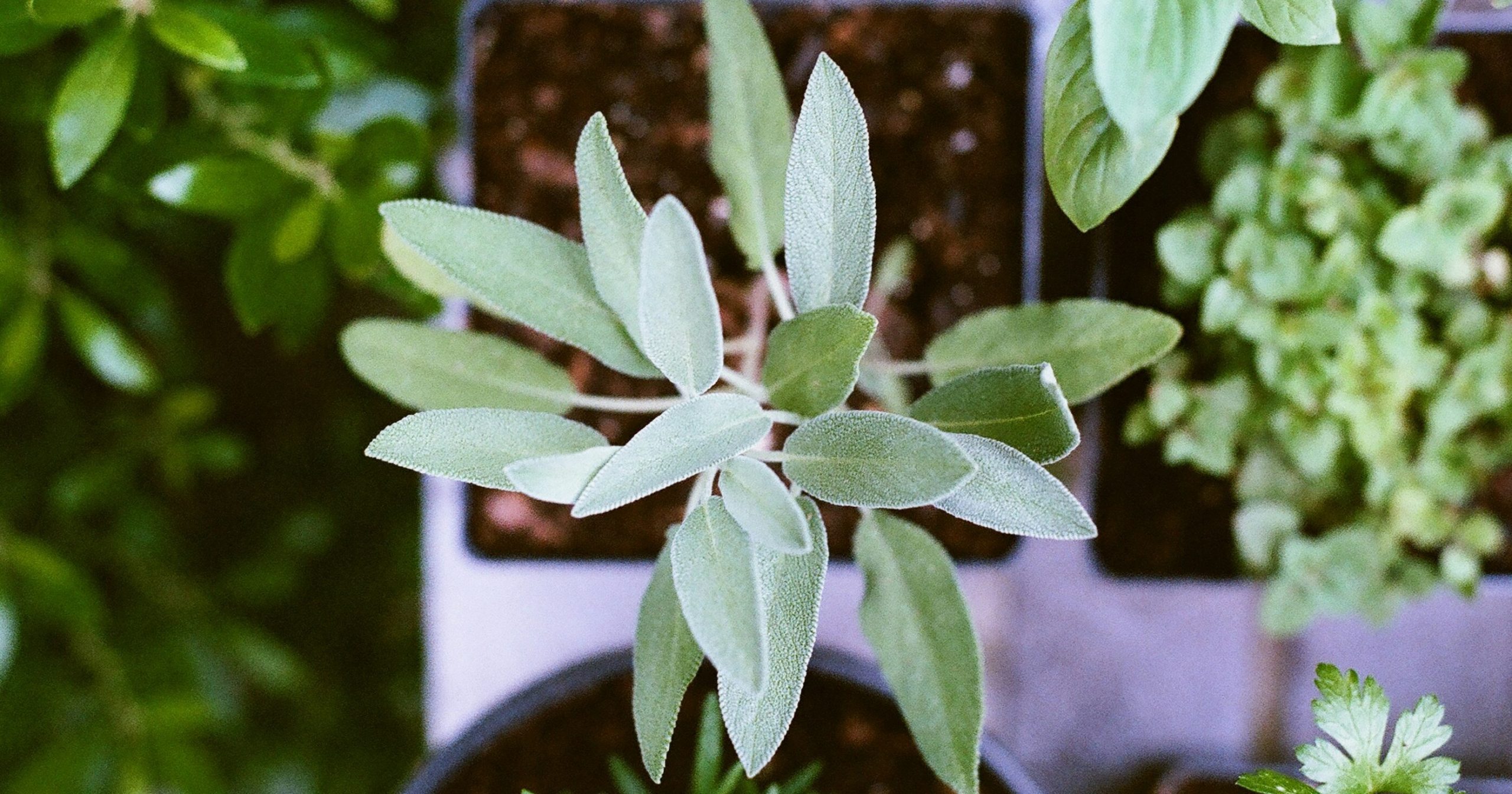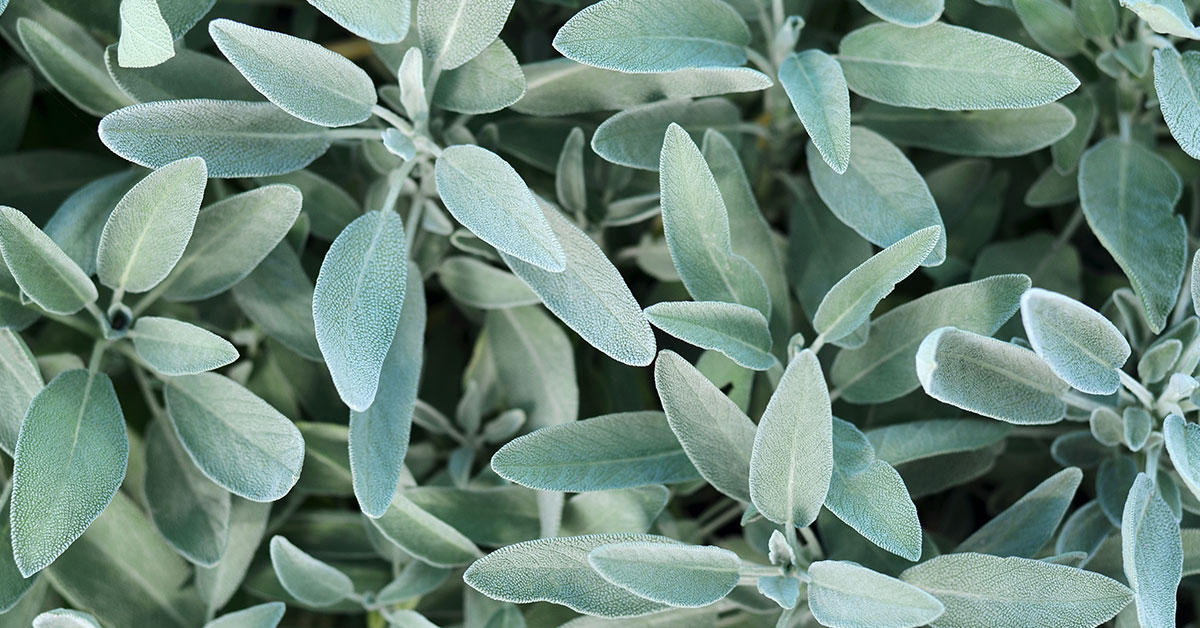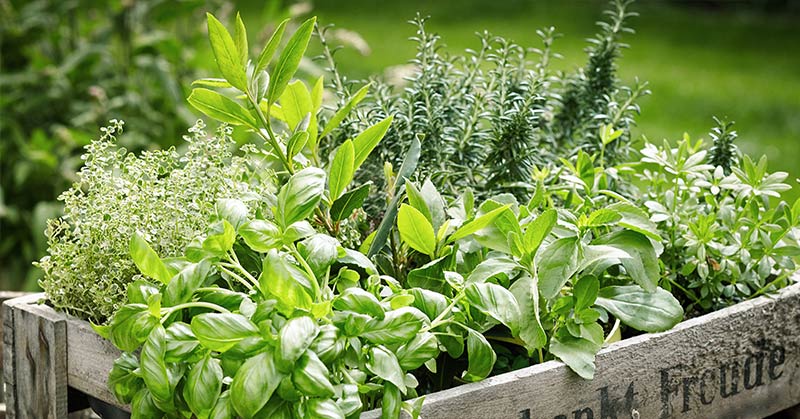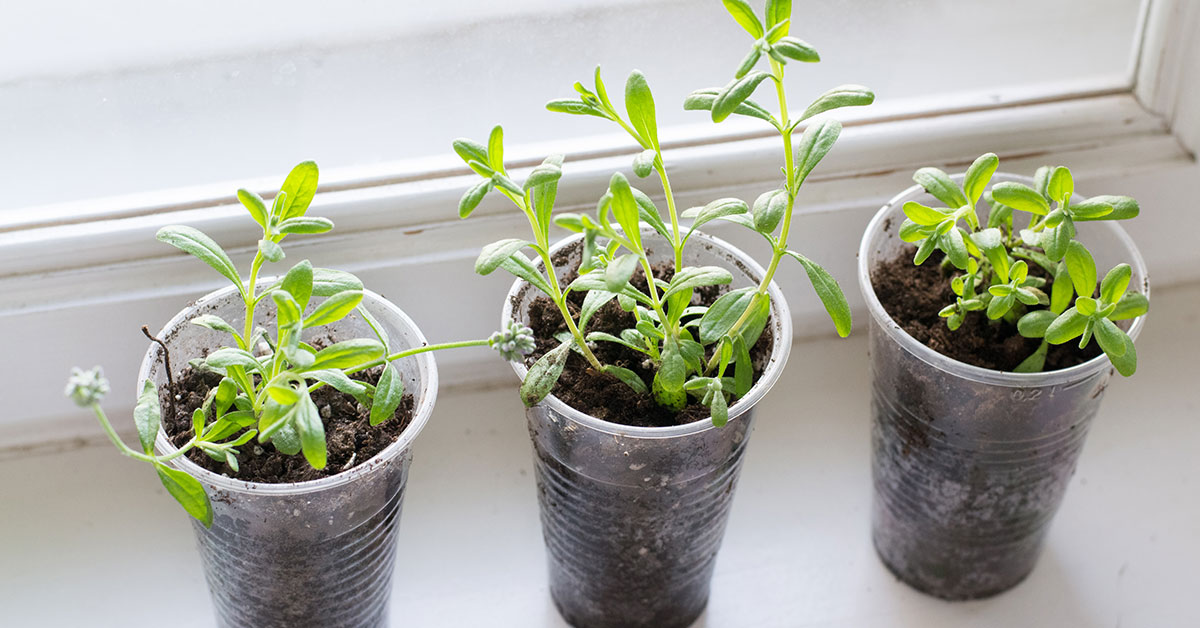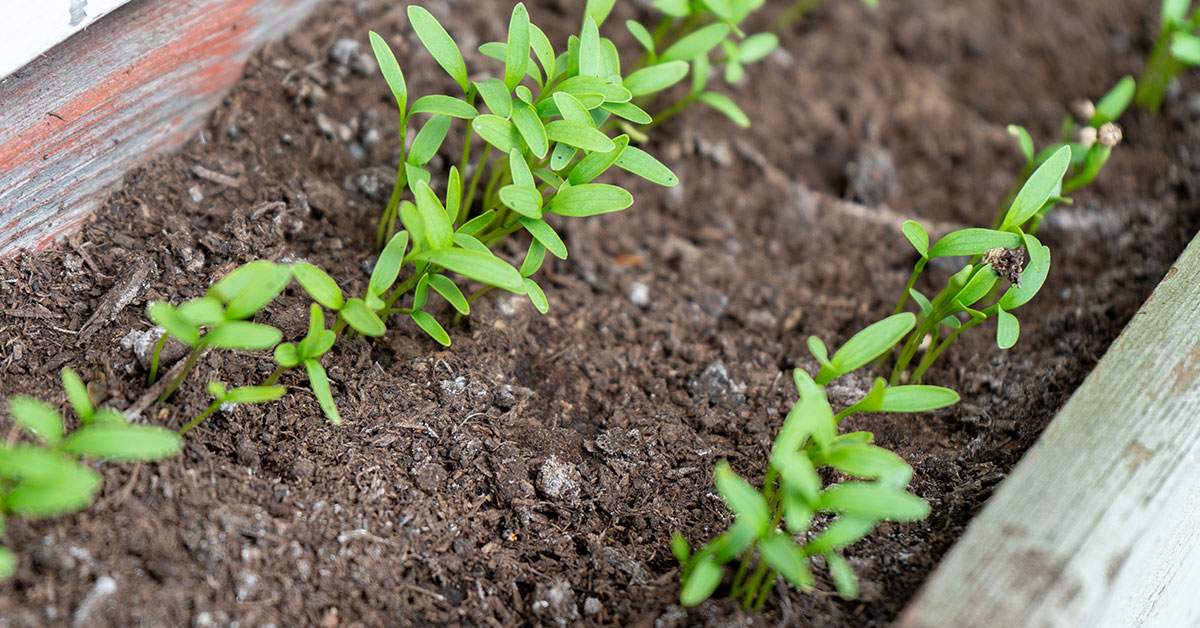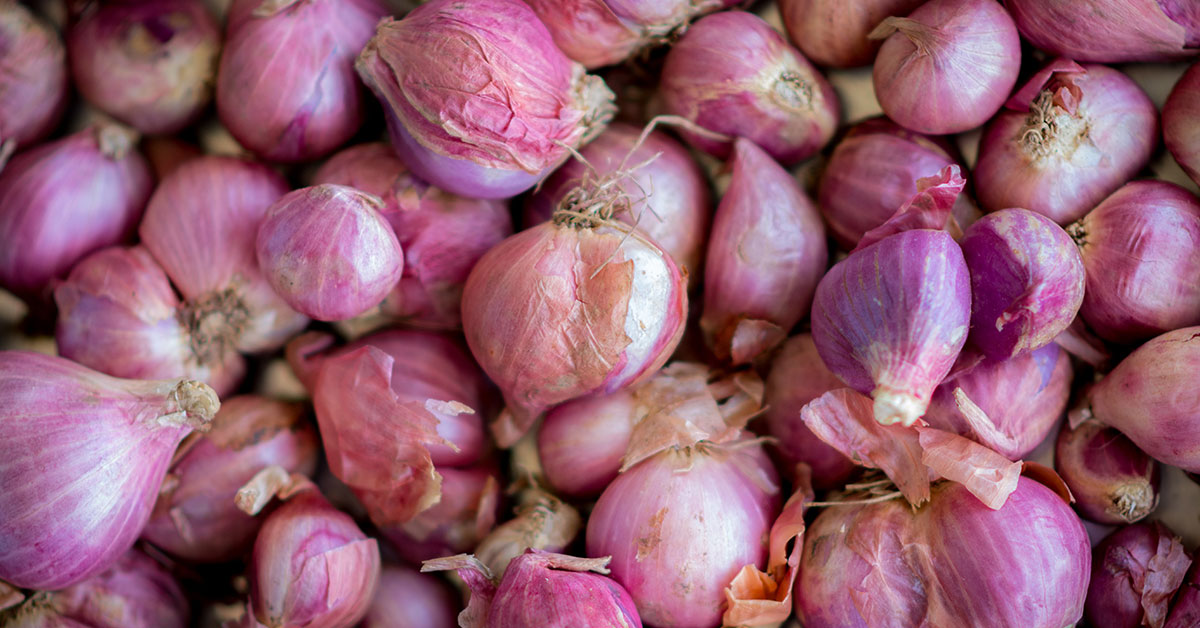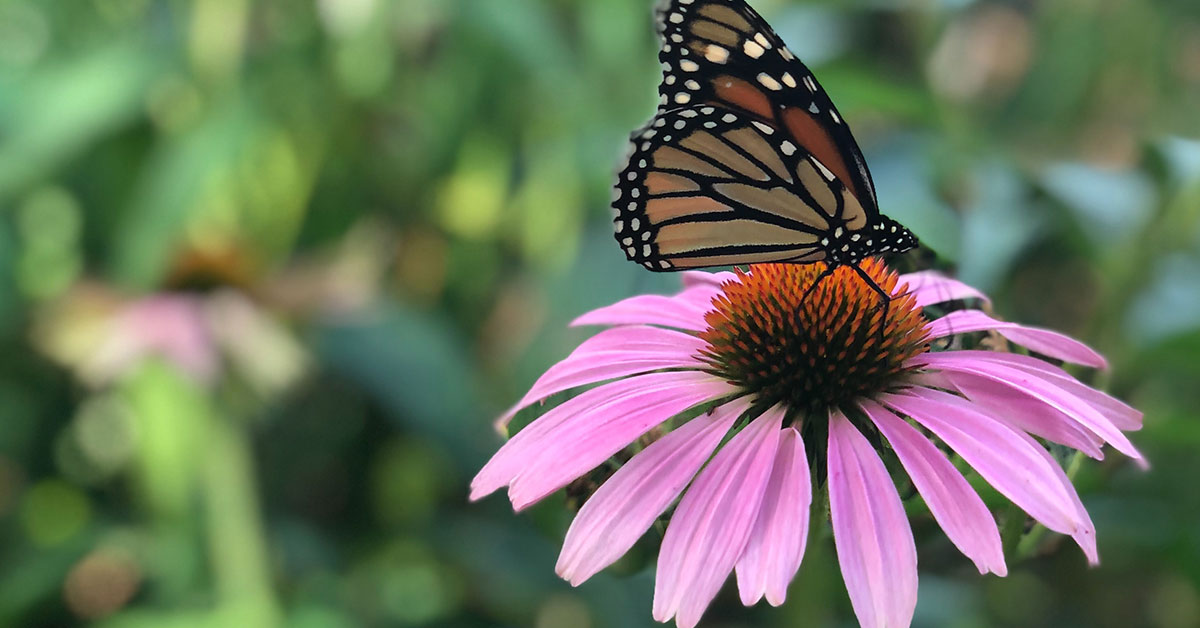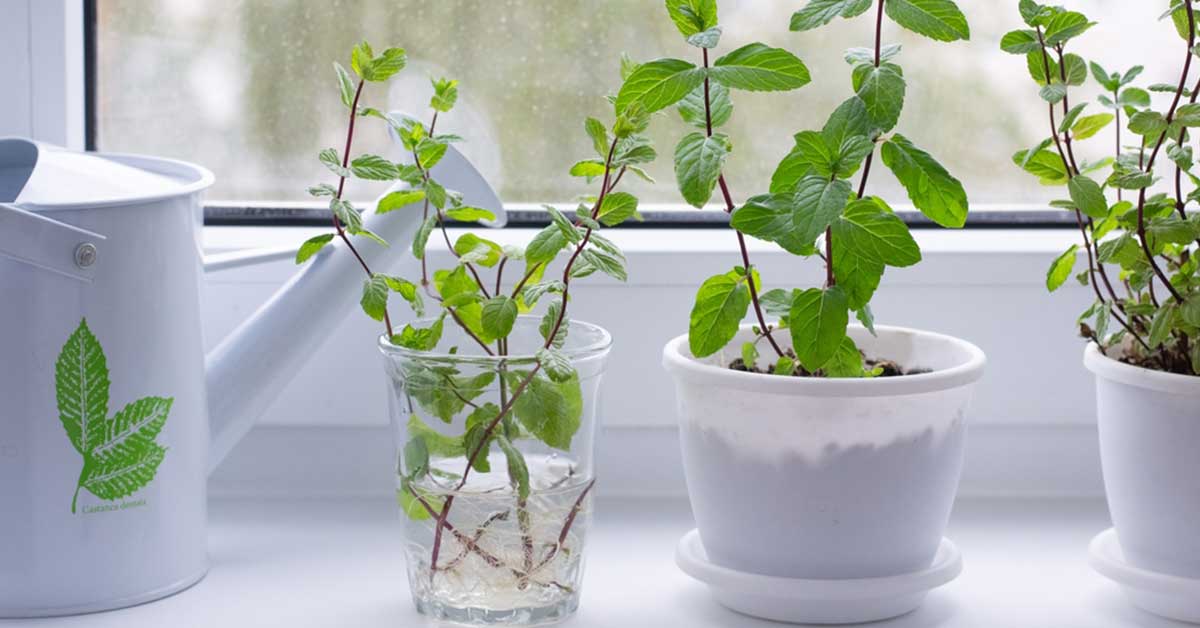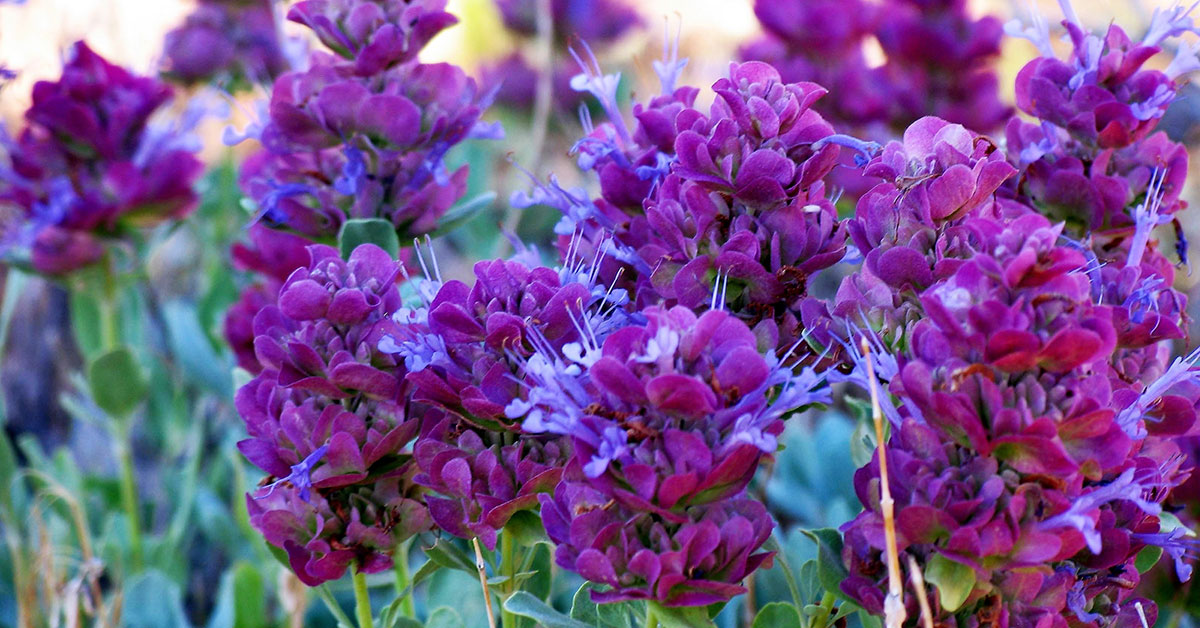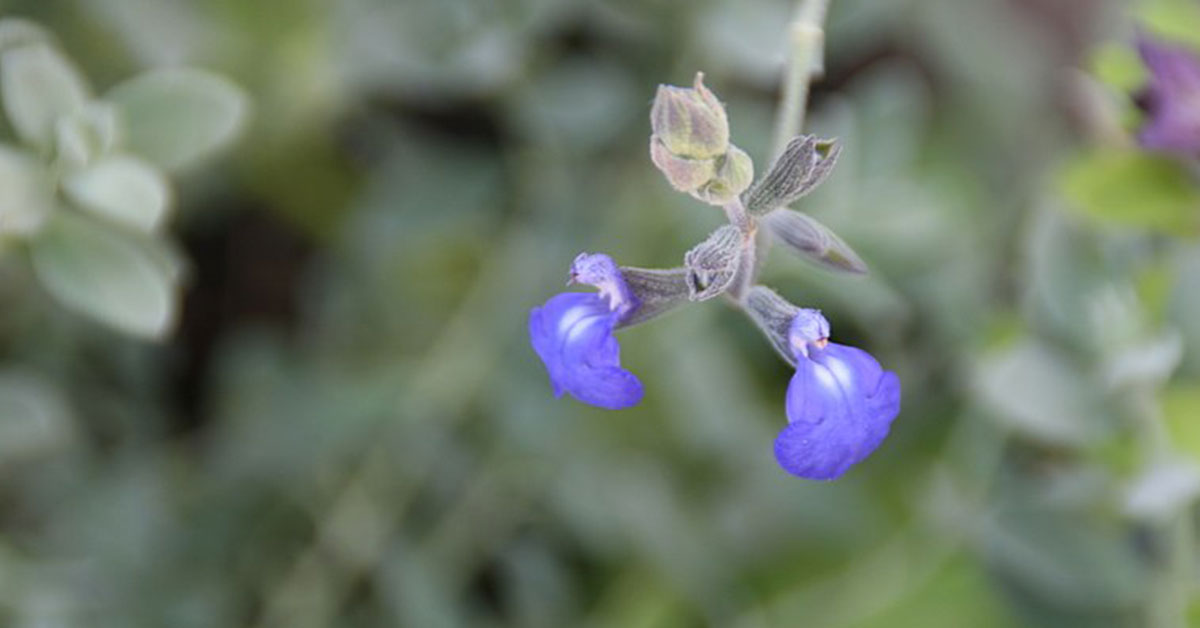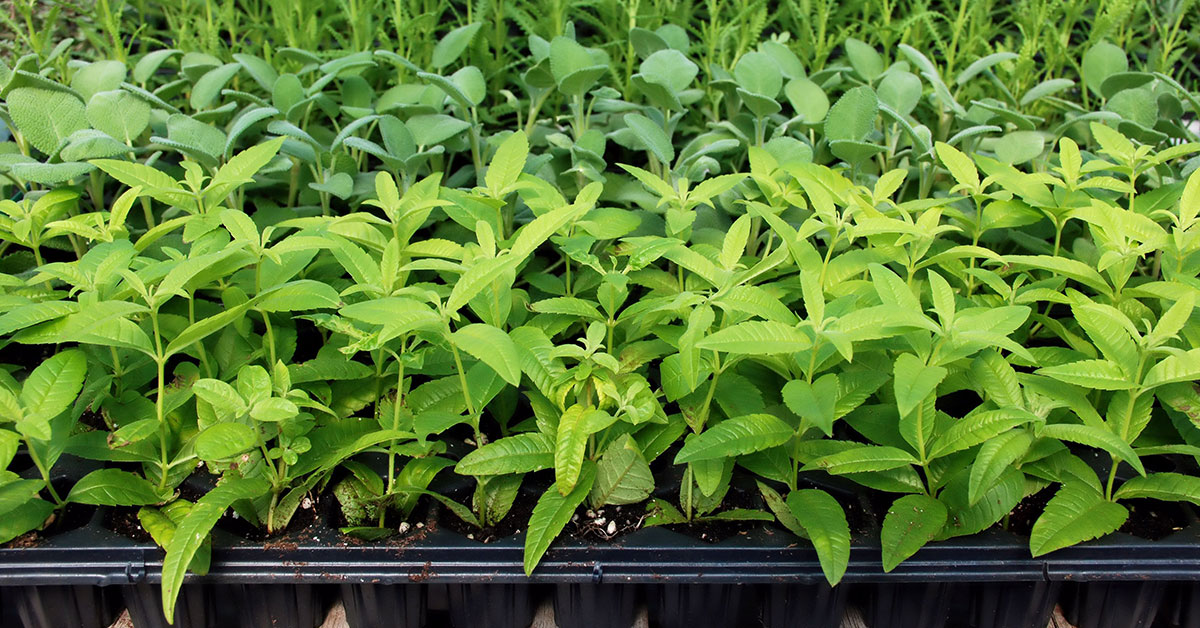Peppermint (Mentha × piperita) is a versatile and well-loved herb that has been used for centuries for its medicinal and culinary properties. It is a hybrid of watermint and spearmint, and its leaves contain a high concentration of menthol, which gives the herb its distinctive cooling and refreshing taste and aroma.
Peppermint has a wide range of uses, from soothing digestive issues to freshening breath and even repelling insects. In this blog, we will explore the history, benefits, and uses of peppermint, and why it is a must-have herb in any kitchen or medicine cabinet.
What is a Peppermint?
Peppermint (Mentha × piperita) is a hybrid plant that is a cross between watermint and spearmint. It is an aromatic herb with a strong and refreshing scent. The plant is native to Europe and Asia but is now widely cultivated in many parts of the world, including North America.
Peppermint is a perennial plant that can grow up to 3 feet tall. It has square stems, dark green leaves, and purple flowers that bloom in the summer months. The leaves and stems of peppermint are where the plant’s essential oil is found, which is responsible for its unique fragrance and flavor.
Peppermint has been used for centuries for its medicinal properties. It is known for its soothing effect on the digestive system and is often used to relieve symptoms of indigestion, bloating, and nausea. Peppermint oil has also been found to have anti-inflammatory and pain-relieving properties, making it a popular natural remedy for headaches and muscle aches.
In addition to its medicinal uses, peppermint is also commonly used in the culinary world. Its refreshing and cooling flavor makes it a popular ingredient in many desserts, beverages, and savory dishes. It is often used to flavor candy, ice cream, and chocolate, and is a popular addition to teas and cocktails.
Overall, peppermint is a versatile plant with many uses and benefits. It is easy to grow and can be cultivated in gardens or in pots indoors. Whether you are looking to use it for its medicinal properties or as a flavor enhancer in your cooking, peppermint is a wonderful herb to have on hand.
What makes Peppermint different from other varieties?
Peppermint is a hybrid plant that is a cross between watermint (Mentha aquatica) and spearmint (Mentha spicata). This unique blend of genetics gives peppermint its distinct aroma and flavor profile, setting it apart from other mint varieties.
One of the primary differences between peppermint and other mint varieties is its high concentration of menthol. Menthol is a compound found in the oils of peppermint leaves that gives it a cooling sensation when ingested or applied topically. This makes peppermint a popular ingredient in a variety of products, including toothpaste, gum, and skin care products.
Peppermint also has a more potent flavor than other mint varieties, with a refreshing and slightly sweet taste that makes it a popular addition to teas, cocktails, and desserts. Its strong flavor profile also makes it a popular choice for cooking and baking, as it can add a burst of freshness to savory dishes like salads and roasted vegetables.
In addition to its unique flavor profile, peppermint also has a long history of medicinal use. It has been used for centuries to treat a variety of ailments, including digestive issues, headaches, and respiratory problems. Its high concentration of menthol has also been found to have pain-relieving and anti-inflammatory properties, making it a popular natural remedy for sore muscles and joints.
Overall, the unique blend of genetics that make up peppermint (Mentha × piperita) give it a distinct flavor and aroma profile that sets it apart from other mint varieties. Its high concentration of menthol and long history of medicinal use make it a popular ingredient in a variety of products, from toothpaste to teas, and a valuable addition to any herb garden.
How to grow peppermint
If you’re interested in growing mint in your garden or in containers, here’s a brief guide to help you get started:
- Choosing a Location: Select a location that receives partial to full sun. Mint can tolerate some shade but prefers sunlight for optimal growth. Ensure the area has well-drained soil.
- Obtaining Mint Plants: Purchase mint plants from a nursery or garden center, or propagate them from cuttings. Mint can also be grown from seeds, but it’s generally easier and faster to start with established plants.
- Planting Mint: Dig a hole slightly larger than the root ball of your mint plant. Place the plant in the hole, ensuring it is at the same depth as it was in the container. Fill the hole with soil and gently firm it around the plant. Space multiple plants about 12 to 18 inches apart to allow for their spreading habit.
- Watering and Soil: Mint prefers consistently moist soil. Water the plants regularly, keeping the soil evenly moist but not waterlogged. Avoid letting the soil dry out completely between waterings. Use mulch around the base of the plants to help retain moisture and suppress weed growth.
- Maintenance: Regularly check for pests and diseases. Monitor the plants for any signs of infestation or damage, such as aphids or leaf discoloration, and take appropriate action if needed. Prune back any leggy or overgrown stems to encourage bushier growth.
- Harvesting Mint: You can start harvesting mint leaves once the plants have become established. Harvest by snipping off individual leaves or cutting stems just above a set of leaves. Regular harvesting will encourage new growth and keep the plant bushy and healthy. Enjoy fresh mint leaves in beverages, salads, desserts, or use them for culinary purposes.
- Containing Mint: To control the spreading nature of mint, consider planting it in containers or using barriers like buried pots or root guards in the ground. This will help prevent it from taking over your garden.
By following these simple steps, you can successfully grow your own mint, providing a fresh supply of aromatic leaves for culinary delights and adding a delightful fragrance to your garden.
Common problems
Mint is a versatile and aromatic herb that can be a wonderful addition to any garden or herb collection. However, like any plant, mint can encounter certain issues that may affect its growth and vitality. Here is a brief guide to common problems you may encounter when growing mint, along with some tips on how to address them:
- Overwatering: Mint prefers moist but well-draining soil. Overwatering can lead to root rot and other fungal diseases. Ensure the soil has adequate drainage and water only when the top inch of soil feels dry.
- Poor Drainage: Mint requires good drainage to prevent waterlogged roots. If your soil retains excess moisture, consider adding organic matter or planting mint in containers with drainage holes.
- Lack of Sunlight: Mint thrives in full sun to partial shade, typically requiring at least 4-6 hours of sunlight per day. If your mint is not receiving enough sunlight, consider relocating it to a sunnier spot.
- Insufficient Air Circulation: Mint can be susceptible to fungal diseases if it lacks proper air circulation. Plant mint with sufficient spacing between plants to allow air to flow freely and reduce humidity around the leaves.
- Invasive Growth: Mint has a reputation for spreading vigorously and can become invasive if not properly contained. To prevent its aggressive growth, consider planting mint in containers or using root barriers in the ground.
- Pests: Mint can attract pests such as aphids, spider mites, and mint flea beetles. Monitor your plants regularly and take appropriate action at the first sign of infestation. Use organic insecticidal soaps or sprays, or try attracting beneficial insects that feed on these pests.
- Disease: Mint can be susceptible to fungal diseases like powdery mildew and rust. To prevent these diseases, avoid overhead watering, provide adequate spacing for air circulation, and promptly remove any infected leaves.
By being aware of these common problems and taking preventive measures, you can ensure healthy and thriving mint plants in your garden. Regular monitoring, proper care, and timely intervention will help you enjoy the fresh, aromatic leaves of your mint plant throughout the growing season.
Uses
Peppermint is a hybrid plant, a cross between watermint and spearmint, that is widely used for its refreshing and invigorating aroma, as well as its health benefits. This versatile herb has a long history of use in traditional medicine, culinary arts, personal care products, and aromatherapy. Here are some common uses for peppermint:
- Digestive aid: Peppermint is known for its ability to soothe upset stomachs and relieve digestive issues such as bloating, gas, and nausea. It contains menthol, which has a cooling and calming effect on the digestive tract.
- Breath freshener: Peppermint has a fresh and minty aroma that can help freshen breath and mask bad odors. It is commonly used in toothpaste, mouthwash, and chewing gum.
- Headache relief: Peppermint can help alleviate headaches and migraines due to its ability to relax muscles and increase blood flow. It can be applied topically or inhaled through aromatherapy.
- Pain relief: Peppermint has analgesic properties that can help relieve pain and inflammation. It can be used topically or taken internally as a supplement.
- Skin care: Peppermint oil is a popular ingredient in skin care products due to its cooling and soothing effects. It can help soothe sunburns, insect bites, and skin irritations.
- Aromatherapy: Peppermint is commonly used in aromatherapy to promote relaxation, improve mental clarity, and boost energy. It can be diffused, inhaled, or added to bathwater.
Overall, peppermint is a versatile and beneficial herb that can be used in a variety of ways to improve health and well-being. It is important to note that peppermint should be used in moderation and under the guidance of a healthcare professional, especially if taken internally or used on sensitive skin.
